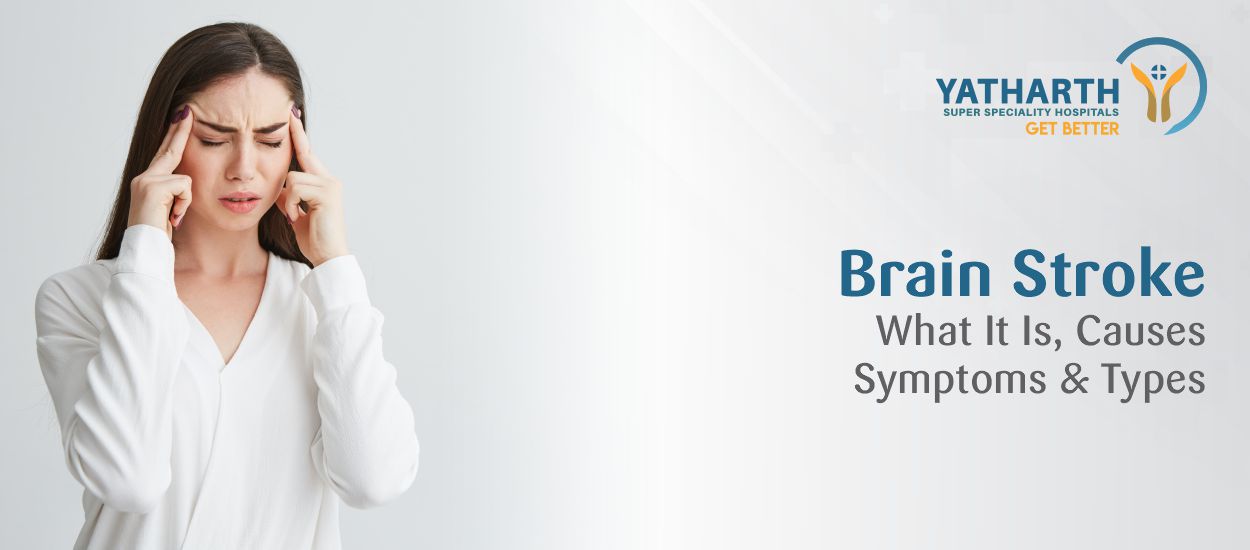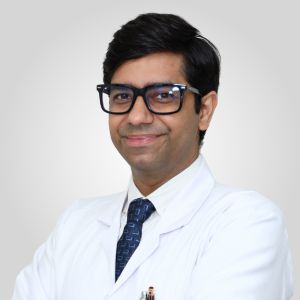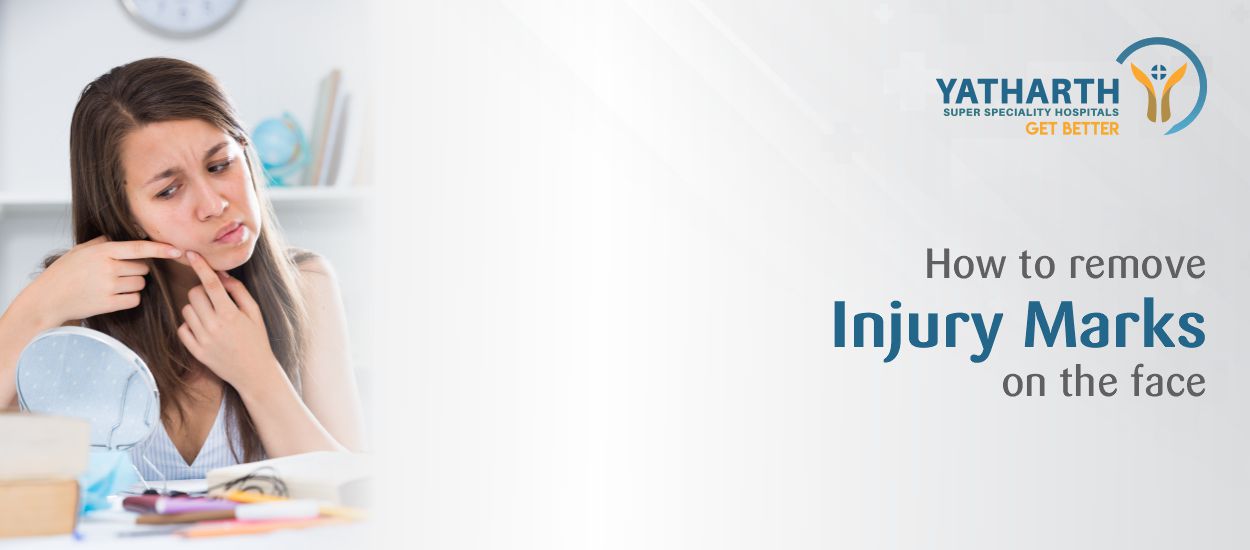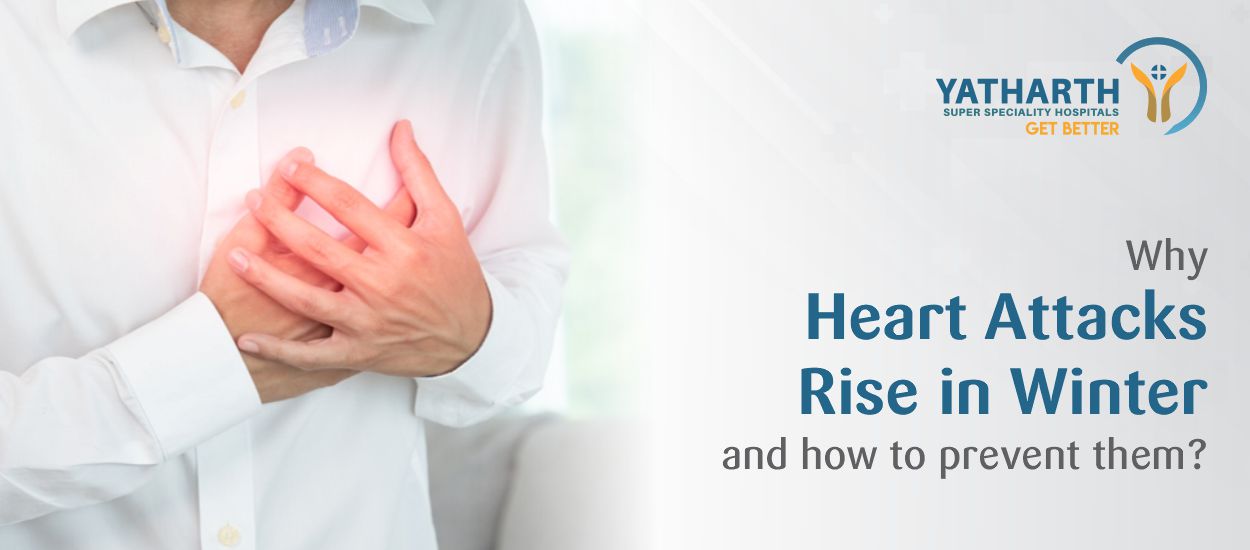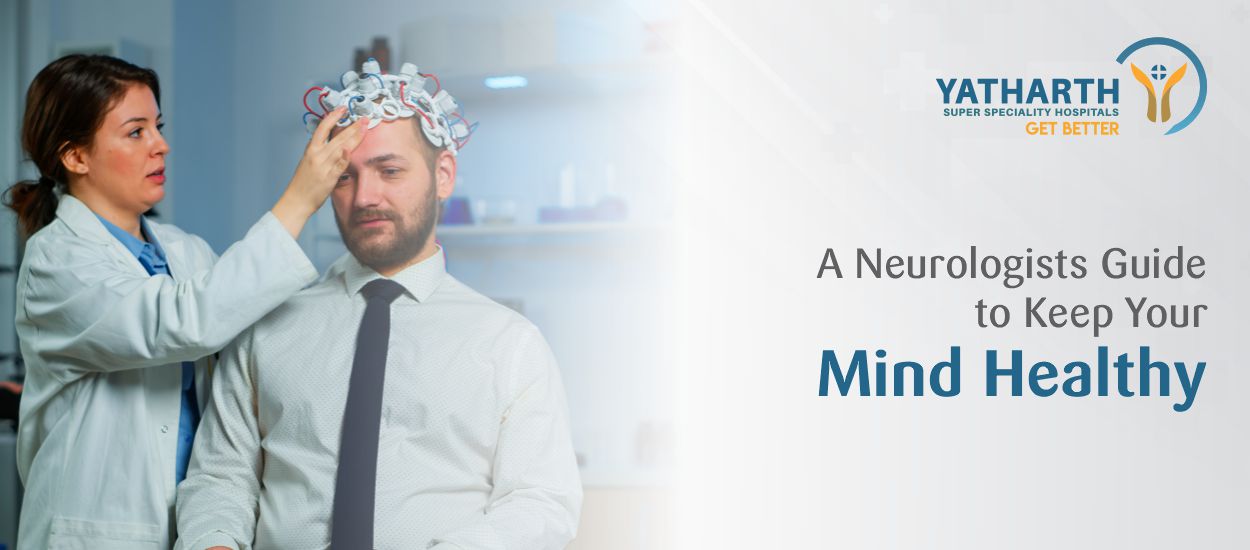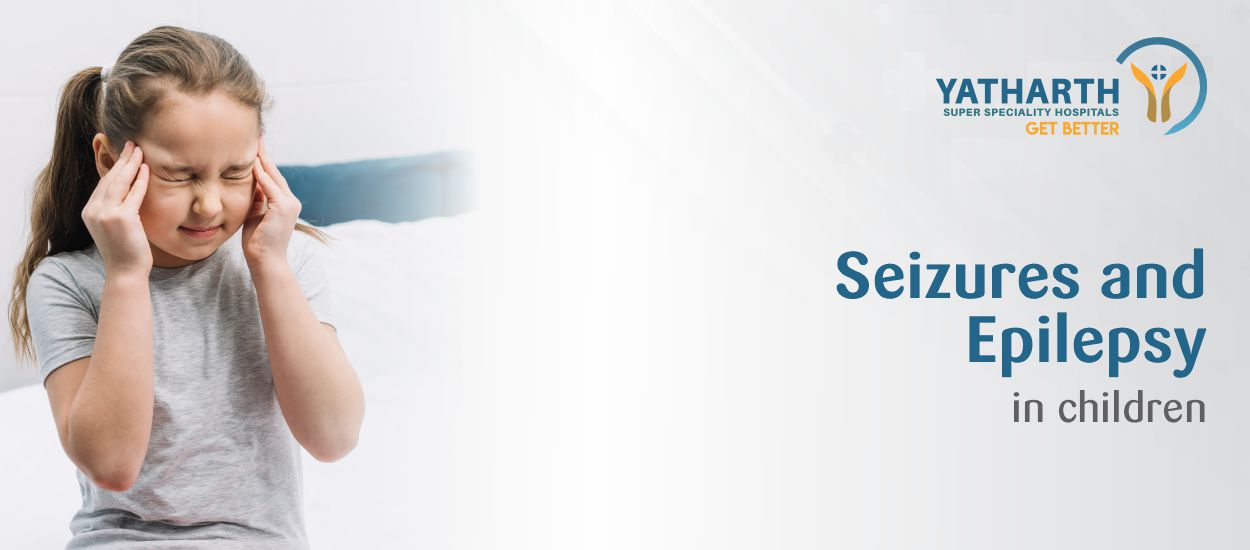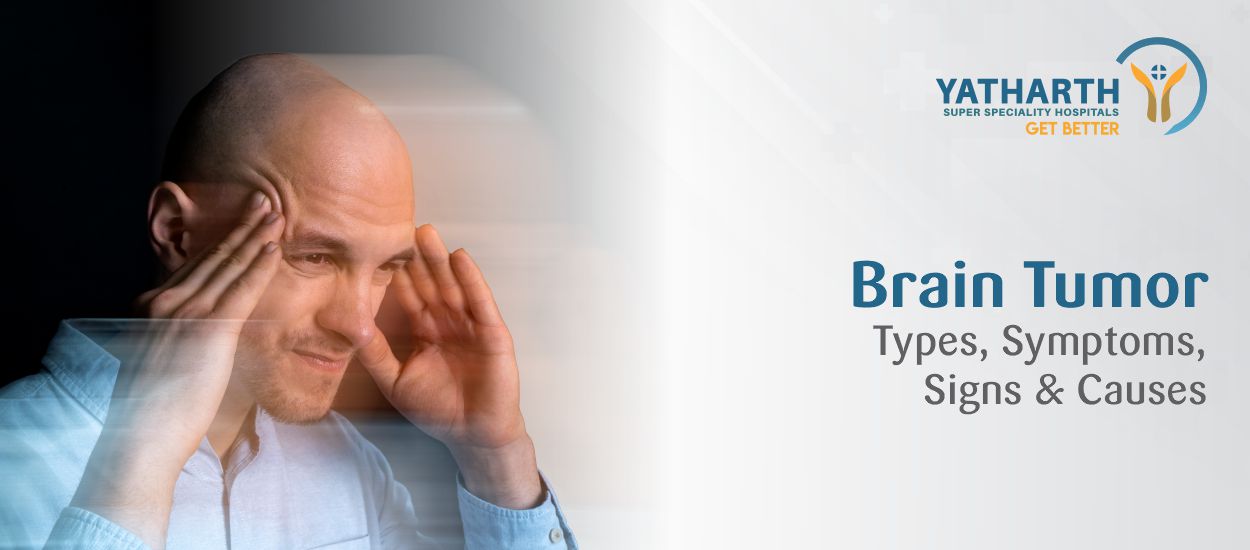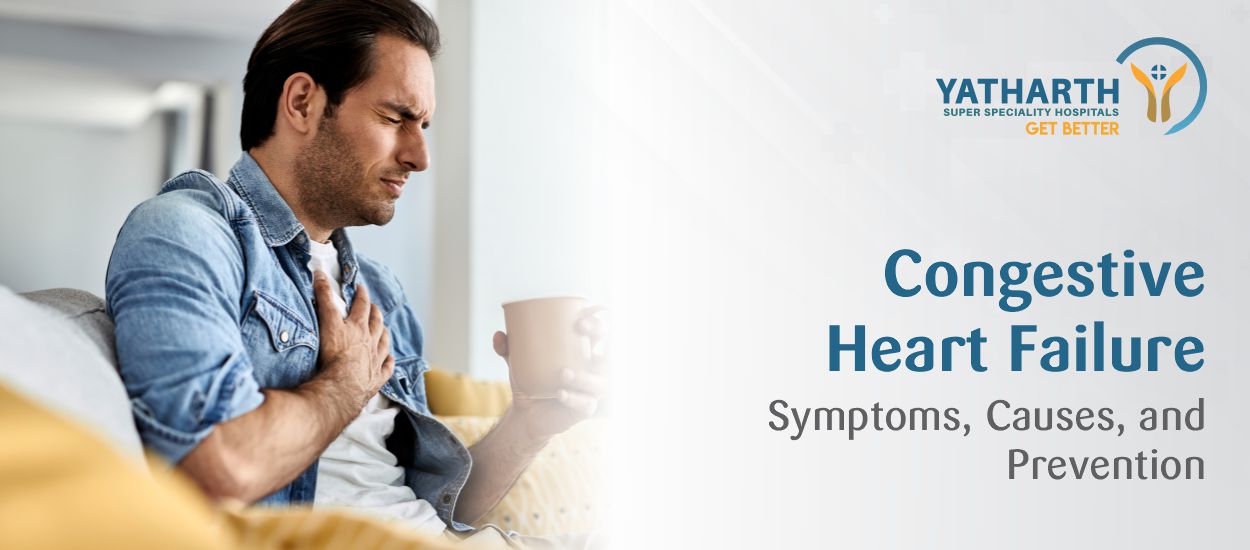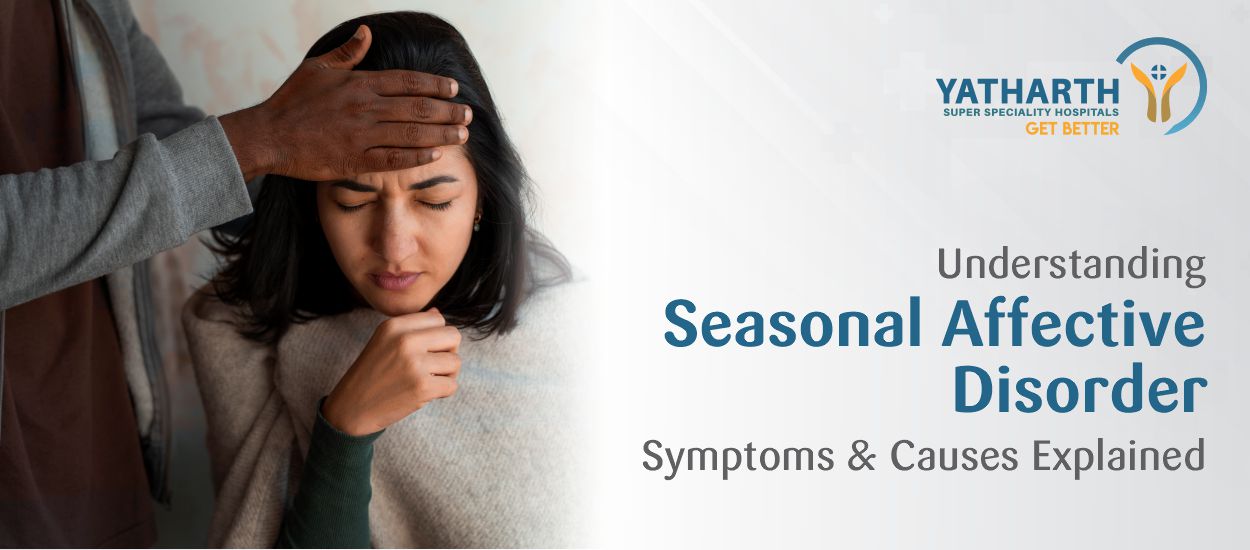A stroke, also known as a brain stroke, is a life-threatening medical emergency that occurs when the blood supply to part of the brain is interrupted or reduced. Without oxygen and nutrients, brain cells begin to die within minutes. Understanding what is brain stroke, its symptoms, causes and types can help in quick recognition and timely treatment - improving the chances of survival and better brain stroke recovery.
Stroke is one of the major causes of disability worldwide, but early intervention can prevent serious complications.
What Is Brain Stroke?
A brain stroke happens when the brain’s blood vessels either become blocked (ischemic stroke) or rupture (hemorrhagic stroke). This disrupts the flow of oxygen-rich blood to brain tissues. Because the brain controls vital functions like movement, speech and memory, a stroke can have long-lasting effects depending on which part of the brain is affected.
Brain Stroke Causes / Reasons
Multiple factors can lead to a stroke. Here are the most common brain stroke causes and reasons:
1. Blood Clots
Clots can form in the arteries supplying the brain (thrombotic stroke) or travel from the heart or another part of the body (embolic stroke).
2. Narrowed Arteries (Atherosclerosis)
Plaque buildup causes arteries to narrow and restrict blood flow, increasing stroke risk.
3. Rupture of Blood Vessels
When a weak blood vessel bursts, it causes a hemorrhagic stroke. High blood pressure and aneurysms are common triggers.
4. Heart Problems
Conditions like atrial fibrillation and low ejection fraction can cause clots that travel to the brain.
5. Lifestyle-Related Brain Stroke Reasons
-
Smoking
-
Drinking excessive alcohol
-
Obesity
-
Sedentary lifestyle
-
High-fat diet
6. Underlying Medical Conditions
-
Diabetes
-
Hypertension
-
High cholesterol
-
Genetic blood clotting disorders
-
Coronary Artery Disease
Stroke Symptoms / Brain Stroke Symptoms
Recognizing stroke symptoms early can save a life. Symptoms appear suddenly and should never be ignored.
Use the FAST Method
F – Face drooping
A – Arm weakness
S – Speech difficulty
T – Time to call emergency services immediately
Other Common Brain Stroke Symptoms
-
Sudden numbness or weakness on one side of the body
-
Sudden confusion or trouble understanding speech
-
Difficulty walking or loss of balance
-
Sudden severe headache without a known cause
-
Difficulty seeing in one or both eyes
-
Dizziness or fainting
If any of these brain stroke symptoms appear, seek emergency medical help immediately.
Types of Stroke (Types of Brain Stroke)
There are three main types of stroke or types of brain stroke:
1. Ischemic Stroke
The most common type, occurring when a blood vessel to the brain is blocked. This includes:
-
Thrombotic Stroke – clot forms in the brain artery
-
Embolic Stroke – clot travels from elsewhere (like the heart)
2. Hemorrhagic Stroke
Occurs when a blood vessel bursts, leading to bleeding in or around the brain. This is often caused by untreated high blood pressure or aneurysm rupture.
3. Transient Ischemic Attack (TIA) - Mini-Stroke
A temporary blockage of blood flow to the brain. While symptoms disappear within minutes or hours, it is a warning sign of a major stroke.
Risk Factors for Stroke / Brain Stroke
Risk factors can be divided into two groups:
Modifiable Risk Factors
-
Smoking
-
Excess alcohol consumption
-
High blood pressure
-
High cholesterol
-
Diabetes
-
Obesity
-
Poor diet
-
Sedentary lifestyle
Non-Modifiable Risk Factors
-
Age
-
Family history
-
Previous stroke/TIA
-
Gender
-
Genetic conditions
Diagnosis of Brain Stroke
To diagnose a stroke, doctors may use:
-
CT scan
-
MRI scan
-
Carotid ultrasound
-
Echocardiogram
-
Holter Maintenance
Accurate diagnosis helps determine the right brain stroke treatment.
Brain Stroke Treatment
Treatment depends on the type of stroke:
Ischemic Stroke Treatment
-
Clot-dissolving drugs (tPA) within the golden window
-
Mechanical thrombectomy
-
Antiplatelet and anticoagulant medicines
Hemorrhagic Stroke Treatment
-
Surgery to repair damaged blood vessels
-
Medicines to reduce brain pressure
-
Strict blood pressure control
Post-Stroke Rehabilitation
A key part of brain stroke recovery, rehab may include:
-
Physiotherapy
-
Occupational therapy
-
Speech therapy
-
Cognitive therapy
Recovery varies based on stroke severity and how early treatment starts.
Prevention of Stroke
Preventive steps to reduce stroke risk include:
-
Maintain healthy blood pressure
-
Control diabetes
-
Manage cholesterol
-
Quit smoking
-
Follow a balanced diet
-
Exercise regularly
-
Limit alcohol
-
Reduce stress
